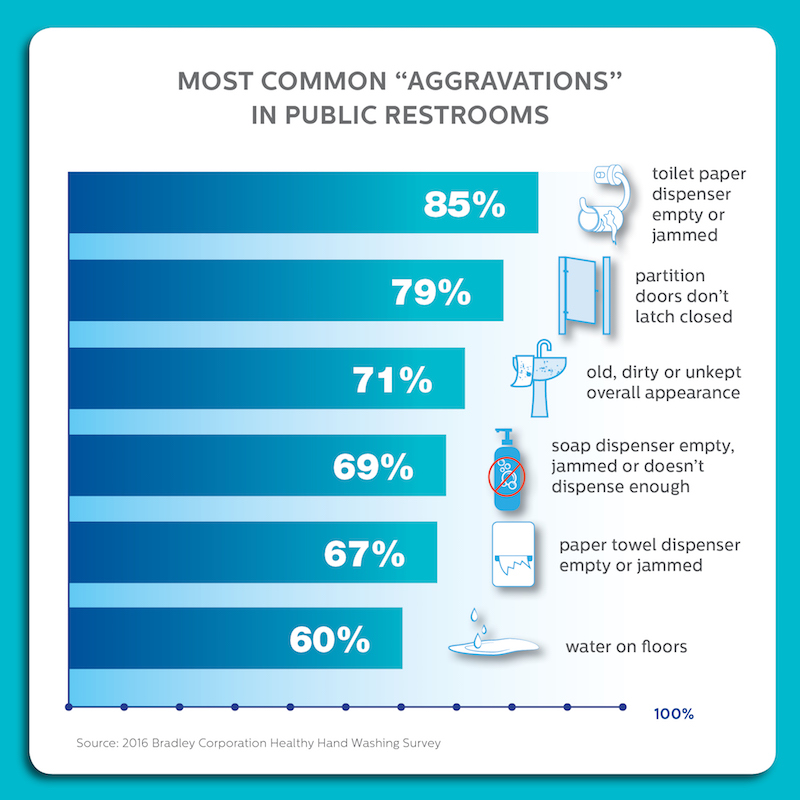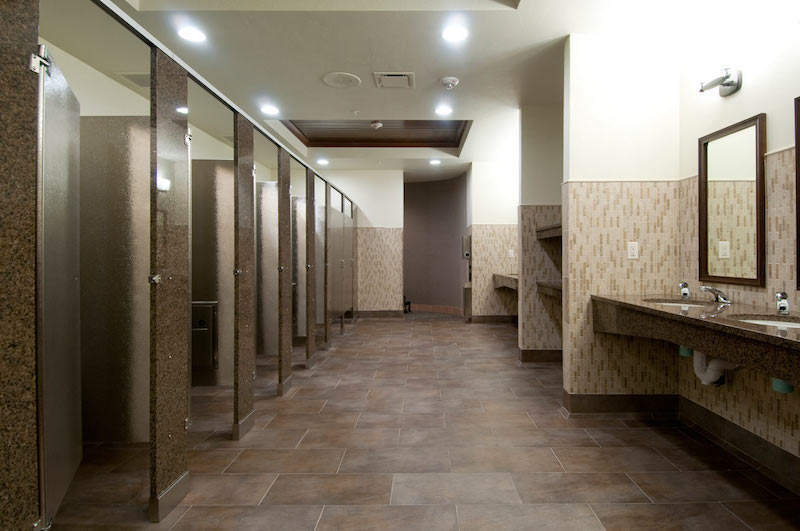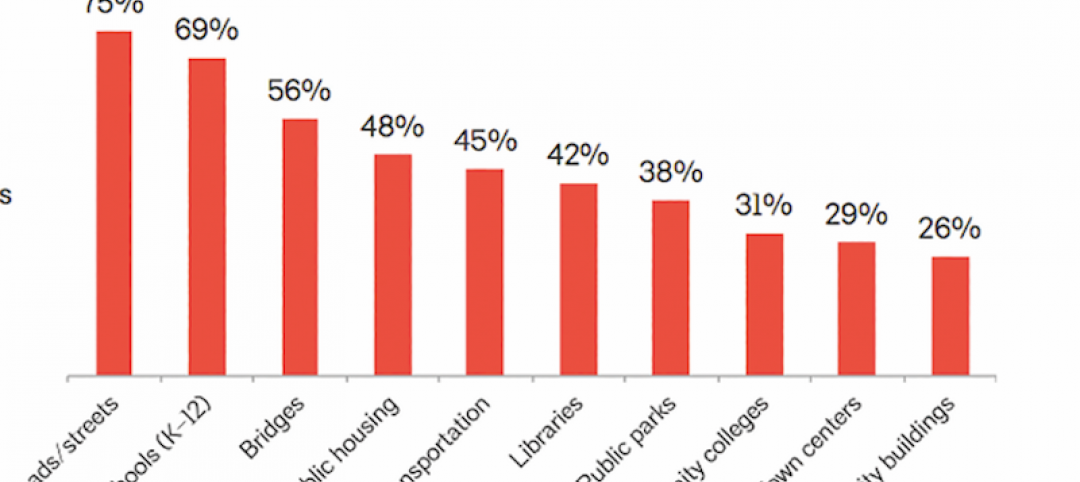According to a survey that tracks Americans’ attitudes toward restroom facilities, almost 70% report that they’ve had a particularly unpleasant experience in a public restroom due to the condition of the facilities—a nearly 20% increase since 2012.
That’s bad news for businesses, since Americans say they judge establishments based on the state of their restrooms. According to the 2016 Healthy Hand Washing Survey, conducted by Bradley Corporation, most consumers believe a bad restroom indicates poor management, lowers their opinion of the company, shows the business doesn’t care about customers, and makes them think the company is lazy or sloppy.
Bradley also delved into what factors makes restrooms so unappealing. Chief restroom grievances include toilets that are clogged or not flushed; a really bad smell; an overall appearance that’s dirty, unkempt, or old; and partition doors that don’t latch closed.
Key restroom improvements Americans would most like to see include improved cleanliness, a completely touchless experience, better stocking of restroom supplies, and a never-ending supply of paper towels—even if there are dryers.
 Inforgraphic: Bradley Corporation
Inforgraphic: Bradley Corporation
As for restroom improvements they’ve seen over the past two to three years in specific types of facilities, respondents gave the highest marks to medical buildings, airports, restaurants, and higher education facilities. At the other end of the spectrum, restrooms in convenience stores, gas stations, and truck stops deteriorated the most.
Americans make no secret about their disdain for coming into contact with germs in public restrooms. Restroom entrance door handles, stall handles, and faucet handles are the surfaces that make them the most squeamish. Almost 60% of respondents say they operate the toilet flusher with their foot to avoid germs. More than half use a paper towel to cover the door handle, while others use their back side to open and close doors.
The Healthy Hand Washing Survey queried 1,062 American adults online December 10-13, 2015, about their handwashing habits in public restrooms and concerns about germs, colds, and the flu. Participants were from around the country, were 18 years and older, and were fairly evenly split between men and women (47% and 53%).
 Inforgraphic: Bradley Corporation
Inforgraphic: Bradley Corporation
Related Stories
Market Data | Jan 18, 2017
Fraud and risk incidents on the rise for construction, engineering, and infrastructure businesses
Seven of the 10 executives in the sector surveyed in the report said their company fell victim to fraud in the past year.
Market Data | Jan 18, 2017
Architecture Billings Index ends year on positive note
Architecture firms close 2016 with the strongest performance of the year.
Industry Research | Jan 12, 2017
Are public buildings considered infrastructure?
A survey, conducted in October by The Harris Poll on behalf of AIA, asked 2,108 U.S. adults if they considered public buildings part of their community’s infrastructure.
Market Data | Jan 9, 2017
Trump market impact prompts surge in optimism for U.S. engineering firm leaders
The boost in firm leader optimism extends across almost the entire engineering marketplace.
Market Data | Jan 5, 2017
Nonresidential spending thrives in strong November spending report
Many construction firms have reported that they remain busy but have become concerned that work could dry up in certain markets in 2017 or 2018, says Anirban Basu, ABC Chief Economist.
Market Data | Dec 13, 2016
ABC predicts modest growth for 2017 nonresidential construction sector; warns of vulnerability for contractor
“The U.S. economy continues to expand amid a weak global economy and, despite risks to the construction industry, nonresidential spending should expand 3.5 percent in 2017,” says ABC Chief Economist Anirban Basu.
Market Data | Dec 2, 2016
Nonresidential construction spending gains momentum
Nonresidential spending is now 2.6 percent higher than at the same time one year ago.
Market Data | Nov 30, 2016
Marcum Commercial Construction Index reports industry outlook has shifted; more change expected
Overall nonresidential construction spending in September totaled $690.5 billion, down a slight 0.7 percent from a year earlier.
Industry Research | Nov 30, 2016
Multifamily millennials: Here is what millennial renters want in 2017
It’s all about technology and convenience when it comes to the things millennial renters value most in a multifamily facility.
Market Data | Nov 29, 2016
It’s not just traditional infrastructure that requires investment
A national survey finds strong support for essential community buildings.
















